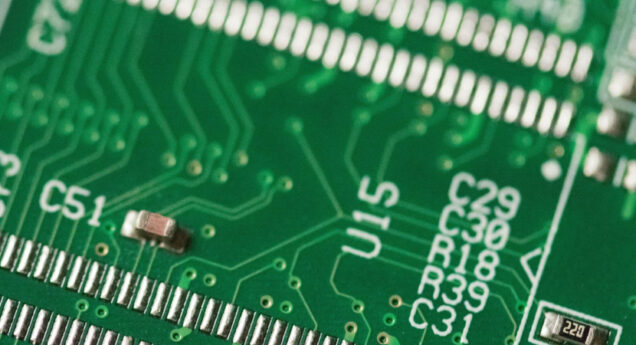Before starting the cleaning process, you must identify which programs are running in the background. If the programs aren’t critical to your computer’s function, you can shut them down or disable them with the control panel. It would help if you also cleaned the RAM sticks with a fine-grit sandpaper. Learn more about RAM from TechyHost. Once the RAM sticks are free of debris, you can use canned air can blow loose dust and debris from them.
Restarting your computer
Most of the provided problems can be fixed by restarting your computer, but if you frequently experience pain, you should try to investigate the root cause of the problem. The problem could be your RAM, hard drive, or another software program. To find out the exact cause of your computer’s slowdown, open Task Manager and check the Task Manager. Once you identify the problem, follow these steps to clean up your RAM.
The first step to cleaning RAM is to clear all of your computer’s temporary memory. Your computer’s temporary memory is where applications and programs store their data and temporary files. When you are finished using a program, it may leave a trace of temporary files and logs. These files and processes consume system resources and clog up your RAM. Restarting your computer regularly will free up RAM, and it’s even more critical if you use it regularly.
Using a RAM cleaner tool
Using a RAM cleaner tool to clean the memory in your PC is one of the best ways to boost PC performance. Using a RAM cleaner tool, you can get rid of slow PC response, memory leaks, and system crashes. These tools are not listed in any order of importance, so you can choose whichever one suits your needs. Read on to learn about some of the best RAM cleaner tools available.
First, you must remove the RAM modules from the computer. These are in RAM bays, which may have two to eight memory modules. After removing the modules, you should blow away loose dust and debris using canned air. An alternative is to use a soft cloth soaked with rubbing alcohol. If you cannot find any rubbing alcohol, you can use a lens cleaning cloth.
Identifying programs running in the background
To fix the memory shortage problem, identify the programs running in the background and delete them. These heavy users can be found in your computer’s Apps & Features, Settings, and Uninstall menus. They consume memory and battery power, so they must be removed. Furthermore, they can cause your system to have a shortage of data bandwidth and battery life. Consequently, removing them will result in a faster PC.
You can use specialized software to identify programs running in the background. A system’s RAM is cleared every time the computer shuts down, but you can’t always see the total memory usage. There are two ways to check this: run a registry cleaner or use the Task Manager. This will show you how much memory each of the programs is using. Look for the items that take up most memory and shut them down to free up space for more critical tasks.
Using fine-grit sandpaper to clean RAM sticks
RAM sticks in your PC must be cleaned regularly to avoid dust and contamination from collecting on their contacts. If dust accumulates on the contacts, it hinders unrestricted airflow in the chip, causing the chip to overheat and break down. However, since RAM sticks are delicate and are highly prone to damage, it’s best to ask an expert to do the task.
When cleaning RAM, avoid using abrasive materials like sandpaper or abrasives. The fine-grit sandpaper may create a softer contact, which could cause the RAM sticks to become loose and uneven. Also, erasers can leave behind rubber residue. Use 90% alcohol to remove any dust and particles. If you don’t have the time to scrub RAM sticks with a sander, you can wipe them with a cloth to remove any remaining residue.


